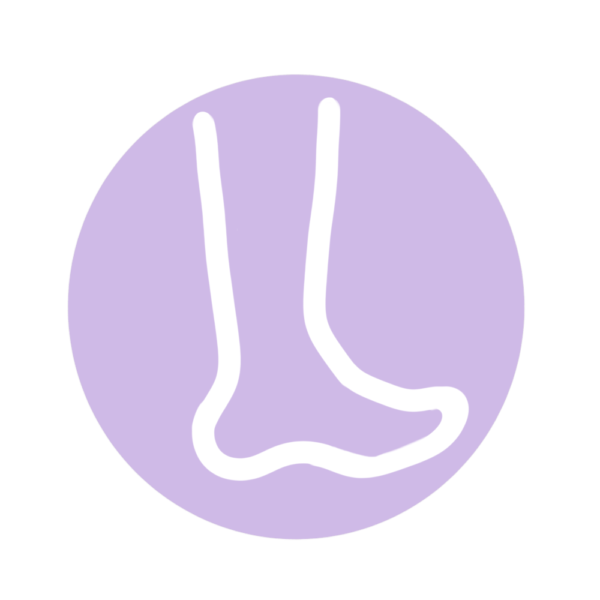Varicose veins
Pregnancy symptoms

Some women experience varicose veins during pregnancy. They appear when the uterus applies pressure to the large vein (inferior vena cava), which carries blood back to the heart from your feet and legs.
What do they feel like?
Varicose veins can feel itchy or painful. They’re typically found in the legs, genitalia, and rectum. In truth, hemorrhoids are among its types.
How to avoid varicose veins?
Varicose veins tend to be hereditary. Your mother or grandmother may have gotten them during pregnancy too. So, preventing their appearance is impossible.
However, there are ways to avoid making the veins worse and reduce the pain:
- Take frequent breaks and try not to stand or sit for too long.
- Don’t cross your legs when sitting.
- Elevate your feet often.
- Wear maternity support hose. This special pantyhose gently compresses the legs so that blood can go back to the heart. They differ from regular stockings because they apply gradual amounts of pressure from the ankles up to the legs.
- Do low-impact exercises if your doctor recommends it.
- Sleep on your left side to remove the pressure on the inferior vena cava.
When do varicose veins disappear?
Varicose veins often disappear post-birth since the uterus no longer compresses the inferior vena cava. Nevertheless, call your doctor if the vein feels hard or painful or your skin looks red.
Verified:
Dr. Wanwadee Sapmee Panyakat (OB-GYN), license no. 41208 (3 February 2020)



